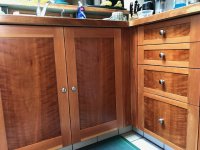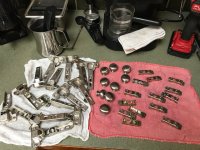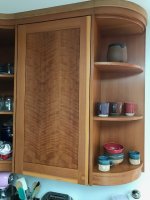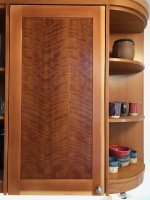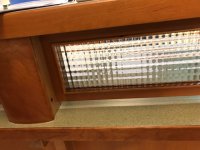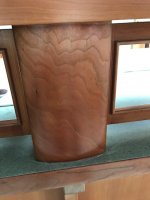The Crock Pot will soften and break the bond between paint and the substrate. But it will not necessarily remove the paint. Mostly it will rub off with finger pressure, but a tooth brush is easier to use.
With moveable hardware it is necessary to lube the pieces. I find that Lockease, a graphite imbued lube works well and leaves minimal residue.
I bought a gallon of WD40 many years ago, and I sometimes dip pieces in a bath of that stuff. I’m not sure what lubricant is left behind. But it is effective in displacing any moisture residue.
If you run the pieces under hot tap water, the heat will naturally drive out any moisture. A hair dryer or heat gun will do so also.
I had access to a vibratory tumbler where I used to work. Left in the bowl overnight with crushed walnut shells as media, all the exposed surfaces gleam. It also works to “sand” small wood parts.
Small vibratory bowl tumblers are very cheap (but small) and are widely distributed to gun enthusiasts who load their own bullets. It is used to polish the brass casings.
You can get very hard paraffin balls and use that to tumble on a wax finish. Years ago, that was how wood garment hangers were finished.
I understand that shellac flakes can be applied the say way, but I have not seen anything written or online to verify that.
If I come across some small wood parts to sand, I will get a tumbler. Load with playground sand for initial sanding and then walnut shells for the final finish.
It always pains me to watch HGTV shows where they paint the kitchen cabinets with the doors in place and simply paint over the hinges. It reeks of a cut rate job. But I see it being done on kitchens that cost as much as $100,000.00. (“No Demo Reno” is the worst offender in this regard.)


